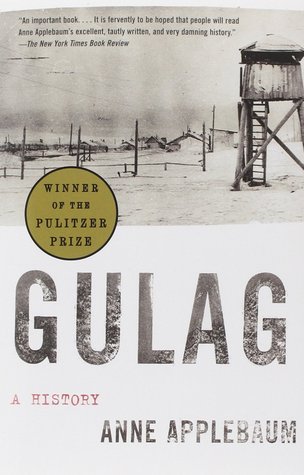Within an incredibly short period of time, rural commissars forced millions of peasants to give up their small landholdings and to join collective farms, often expelling them from land their families had tilled for centuries. The transformation permanently weakened Soviet agriculture, and created the conditions for the terrible, devastating famines in Ukraine and southern Russia in 1932 and 1934—famines that killed between six and seven million people.18 Collectivization also destroyed— forever—rural Russia’s sense of continuity with the past.
Welcome back. Just a moment while we sign you in to your Goodreads account.


